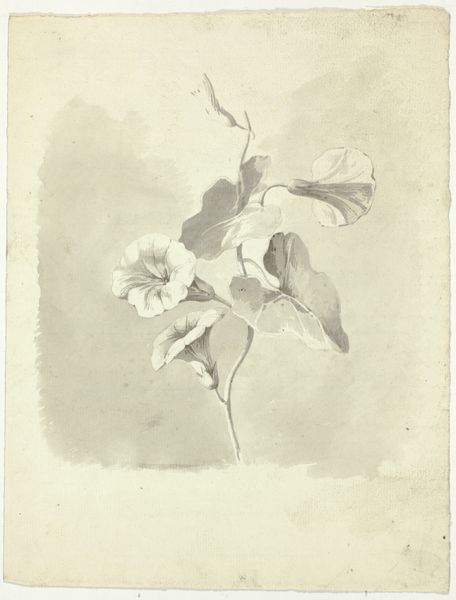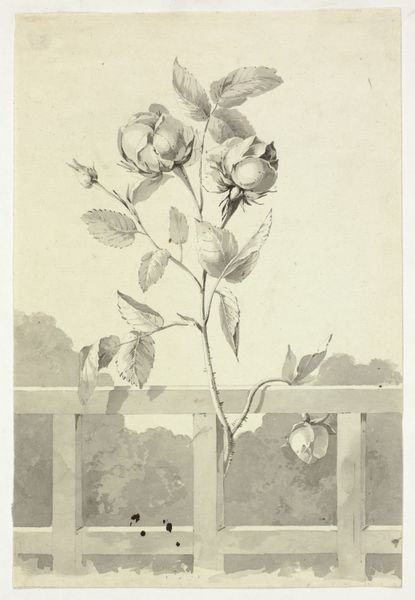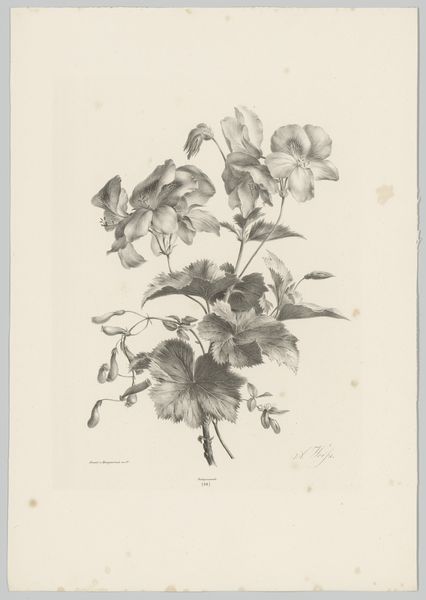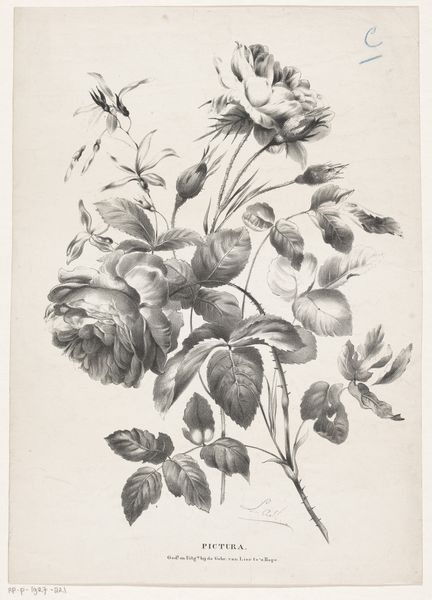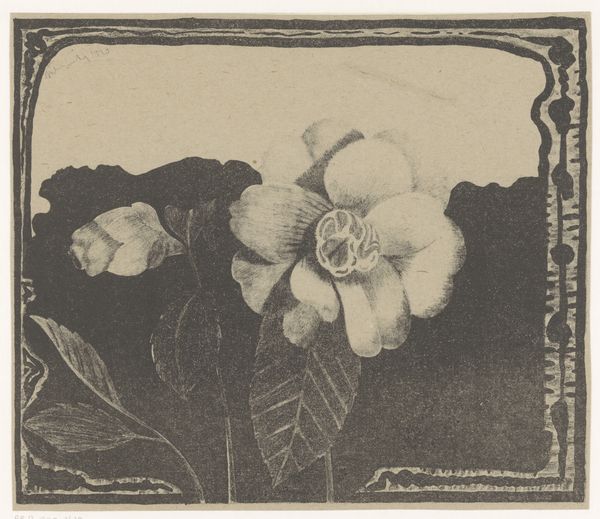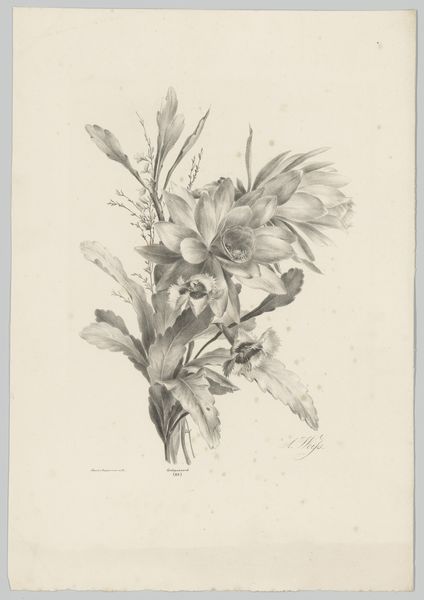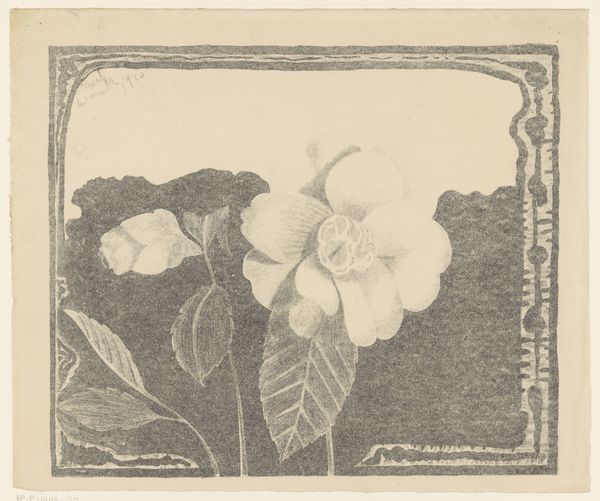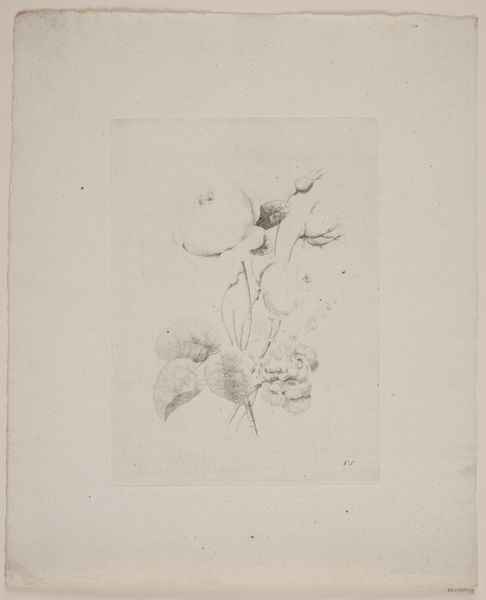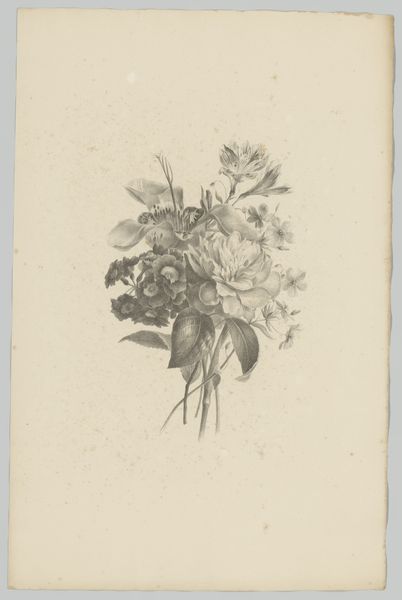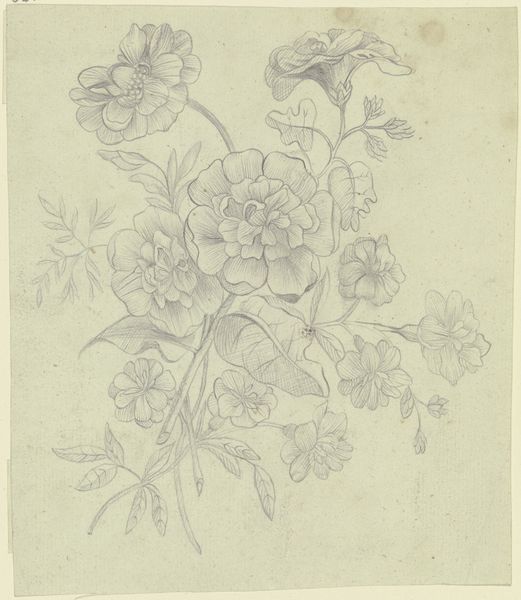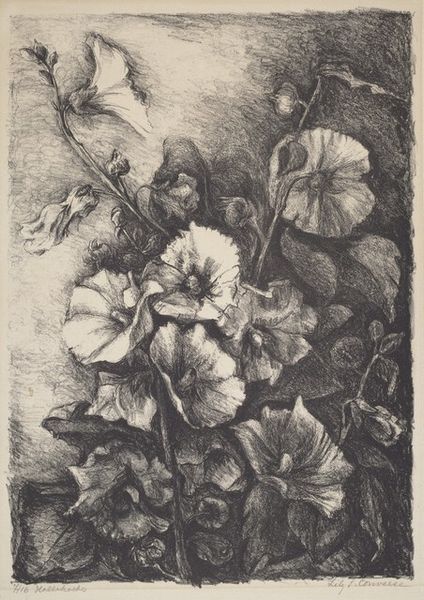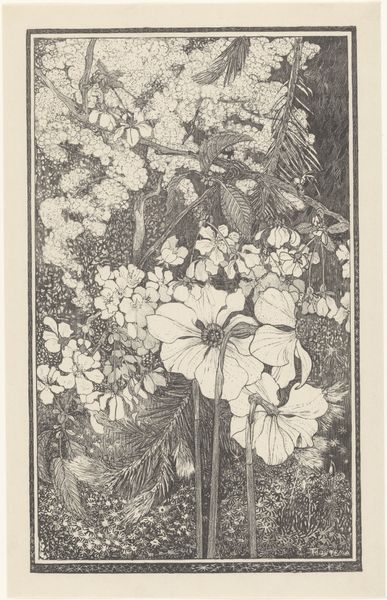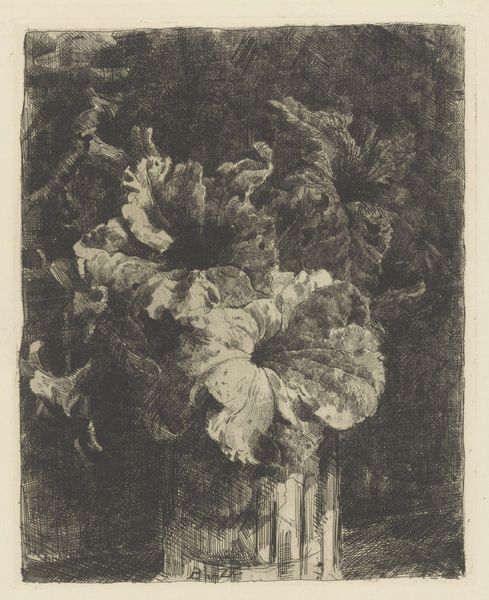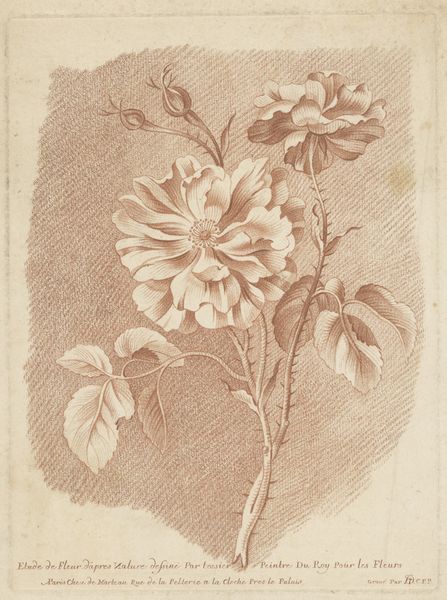
drawing, print
#
drawing
# print
#
landscape
#
charcoal drawing
#
pencil drawing
#
line
#
realism
Dimensions: image: 184 x 130 mm primary sheet: 272 x 192 mm secondary support: 309 x 246 mm
Copyright: National Gallery of Art: CC0 1.0
Editor: So, here we have Elbridge Kingsley's "Wild Roses," made in 1883, a drawing or print using, I'm guessing, charcoal and pencil. There's almost a photographic realism to it, despite being rendered in monochrome. It feels like a deliberate artistic choice, evoking a certain... nostalgia. What's your take? Curator: It's interesting you pick up on that photographic realism, because in Kingsley's time, photography was rapidly changing the art world. Wood engraving, which Kingsley excelled at, became a way to disseminate images widely, particularly of landscapes and nature scenes. But it also served a vital role, didn't it? In democratizing access to visual culture at a time when art was often confined to elite circles. Does this connect to wider accessibility and evolving societal views on nature, do you think? Editor: Absolutely, it makes sense that reproduction, then, had this big influence! What’s interesting to me, now that you’ve said that, is who gets to document and frame ‘nature’? I hadn’t considered that it isn't a straightforward observation. Curator: Precisely. The very act of selecting and representing nature is loaded. Think about who commissioned or bought these prints, what their relationship to the land might have been, and how images like this might have shaped public perception of the American landscape and our relation to it. Where did those viewing and buying the work live, for example, and did this shape a nostalgic framing of landscapes like this piece? Editor: That brings a whole new dimension to the work. I'll definitely keep that in mind looking at other landscape pieces. Curator: Good. It changes your understanding, doesn't it? Shifting it from just being a pretty picture to a piece of cultural history.
Comments
No comments
Be the first to comment and join the conversation on the ultimate creative platform.
